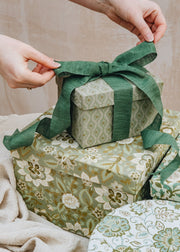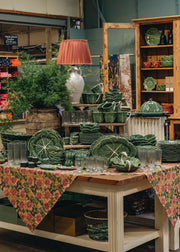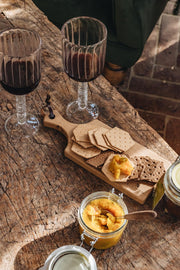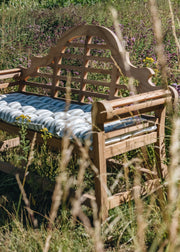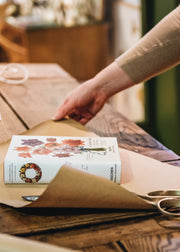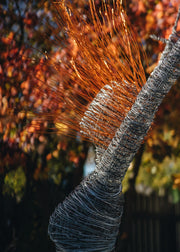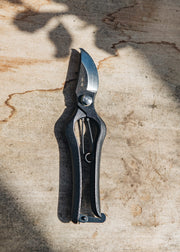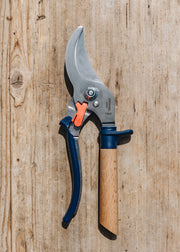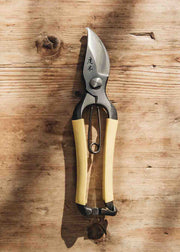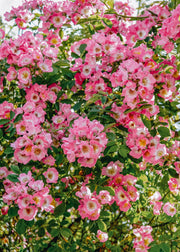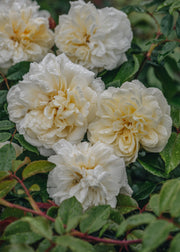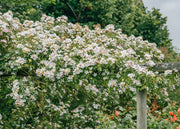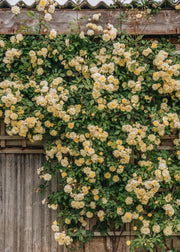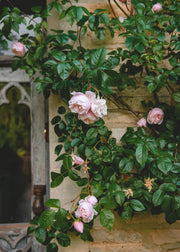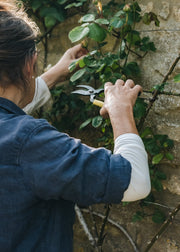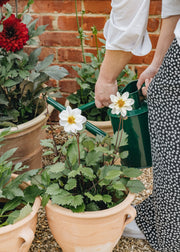How To: Prune Rambling Roses

Pruning is important. Left to their own devices roses will grow too large and become leggy. Approaching a rose with secateurs, at the right time will encourage a good shape and abundant flowers the following season. It is worth remembering not to be scared to cut back roses, they are tough and thrive on a decisive approach. A pruned rose - reduced and devoid of leaves - can look alarmingly bare, but the result will be extremely rewarding. To avoid the risk of spore-borne disease, always clear up behind you as you work and dispose of the unwanted rose material in a green recycling bin, not in your own compost.
A rambling rose should always be planted with a great deal of space around it. They are not suitable for small or courtyard gardens. Once it is established it will need attention at the end of the flowering season, normally in July and then annually.

Climber or Rambler?
A quick guide to identifying your roses
If you inherit an established garden, it is not always easy to tell if you have a climbing or rambling rose. Generally speaking, climbers will repeat flower throughout the summer from a comparatively restrained framework. A rambling rose will usually flower once, with a mass of small roses making a dramatic show around June, it will have a larger, less restrained, more vigorous habit.
If you believe you have a climbing rose, you can find our helpful guide to pruning here.
Before you start to prune, clean the blades with disinfectant to avoid inadvertently transferring disease. Alongside the tools, it is a good idea to have sturdy gloves and biodegradable jute ties or fixings to hand.
Tools for Pruning Roses
It is hard to define exactly when to prune, depending on the severity of the winter, but it should be done at a point when the rose is showing the first signs of growth, normally in January or February; renowned breeder David Austin suggests you should have finished pruning by March. This is also a good time to fertilise the plant and put a mulch of compost around the base of the rose.
It is unnecessary to prune a new rambler, it will continue to flower without intervention for the first few years and the birds will eat the rosehips. There is no need to deadhead.

Cutting back dead wood with loppers

Cutting back stems with secateurs
Once your rose is established:
- Cut side shoots back to four healthy shoots but avoid cutting right back to old wood or no flowers will be produced
- Cut back the flowering stems to about 15cm (6in) from the main stem
- Tie any branches that you wish to retain into the structure or support (normally wires)
- Remove less strong growth to avoid congestion
- Cut out any dead, diseased or damaged wood, as well as any crossing or weak stems
- Place all pieces of pruning in recycling
- In the autumn, take off any long whippy branches.

Removing dead wood with a saw
